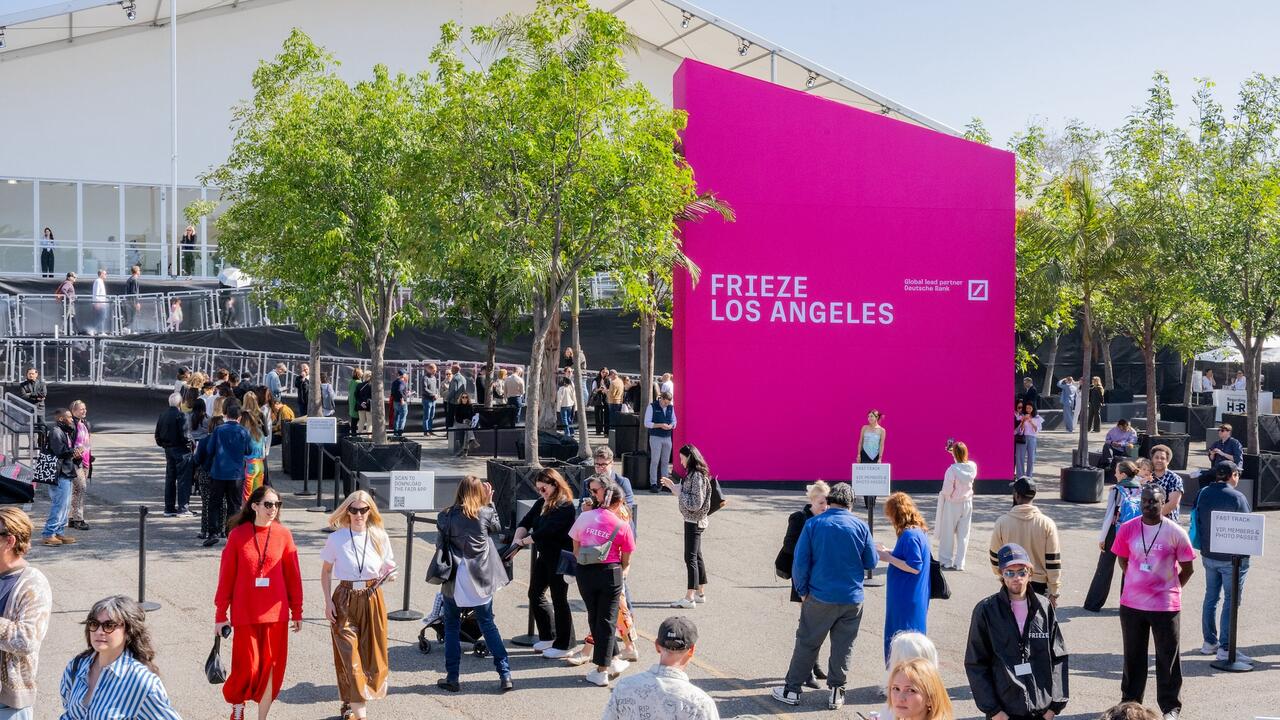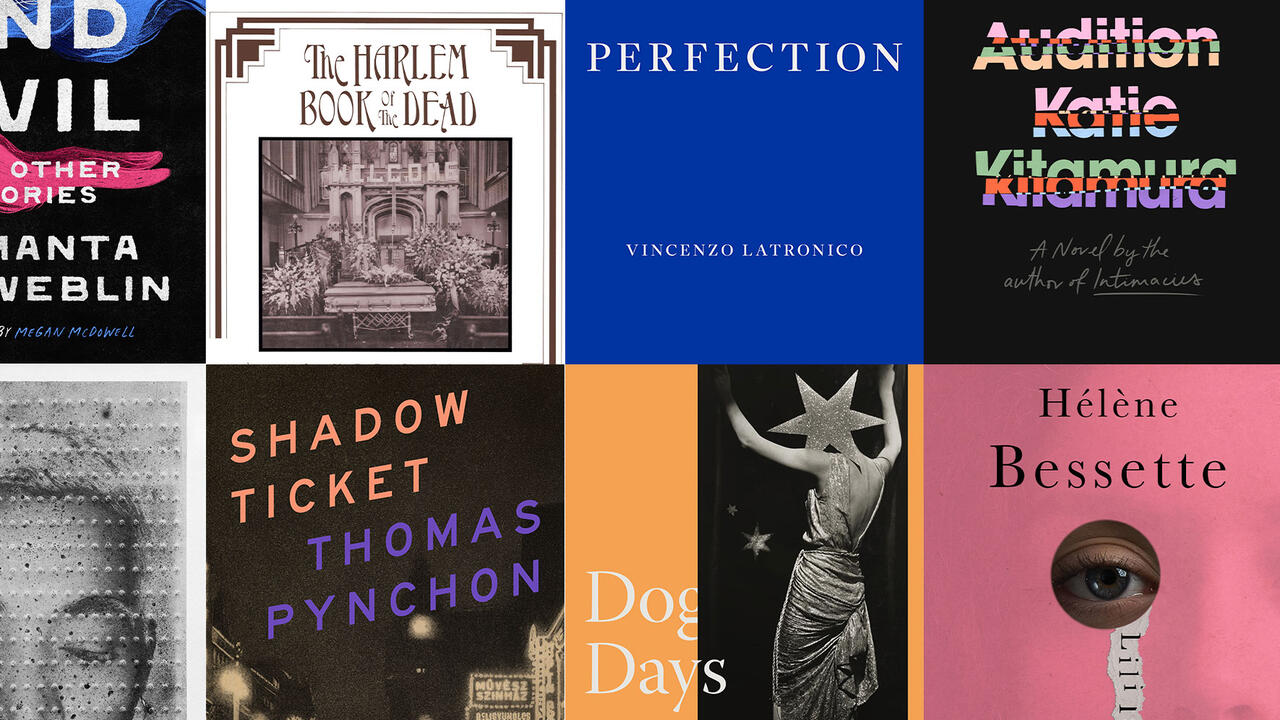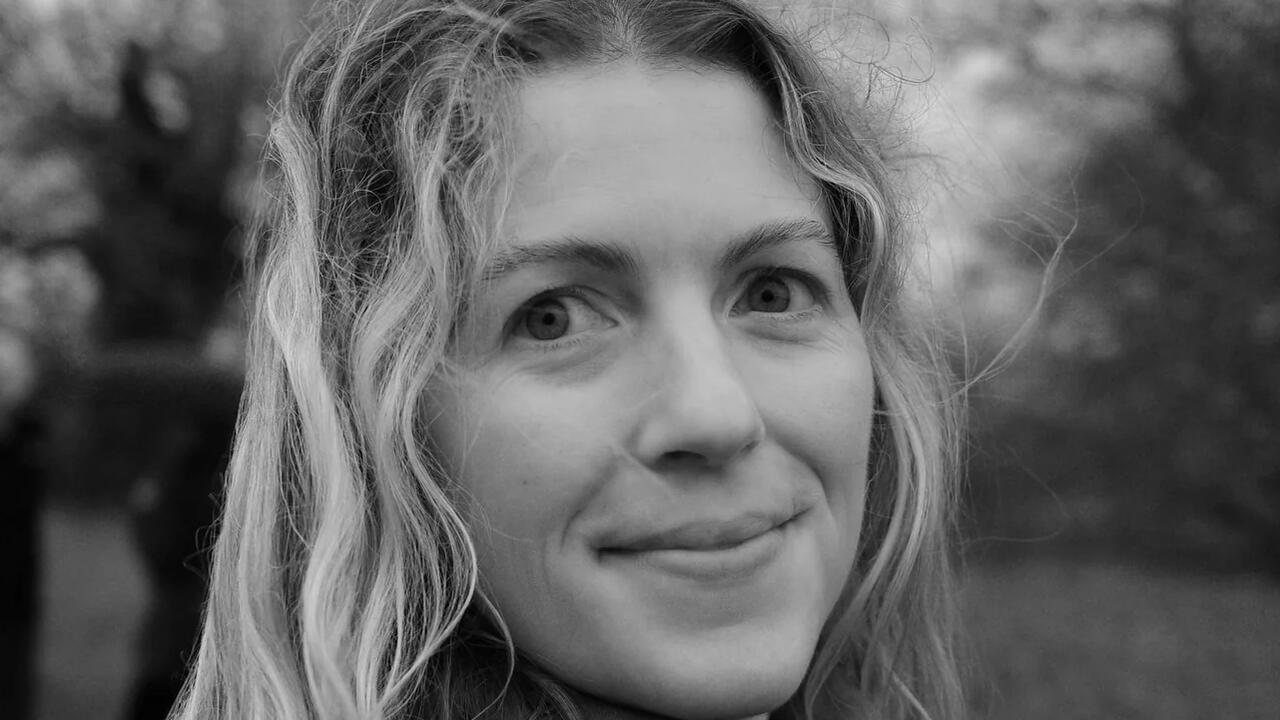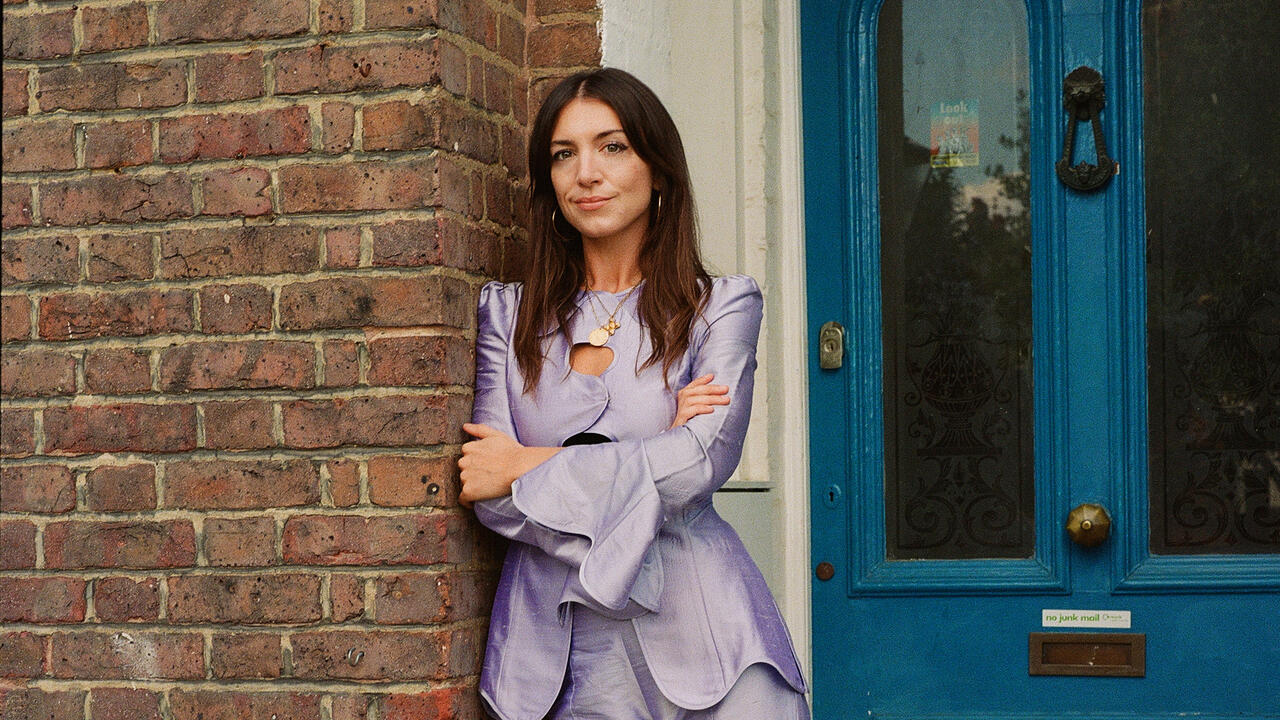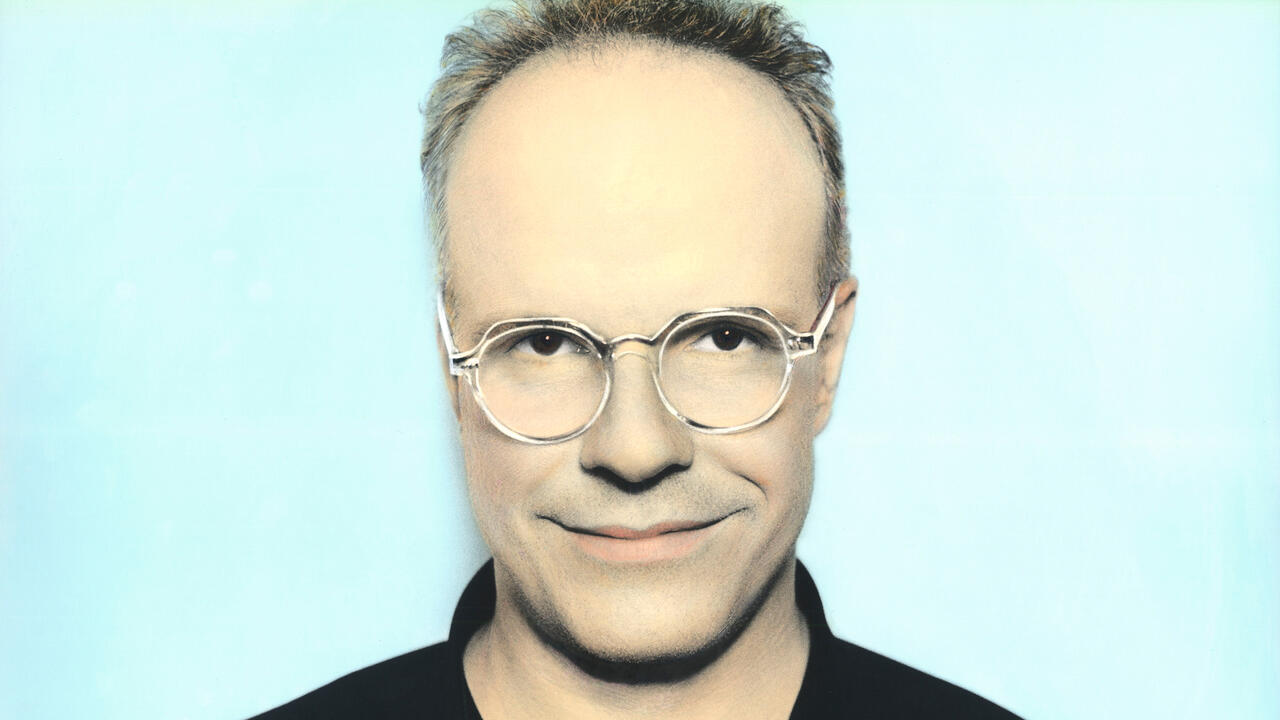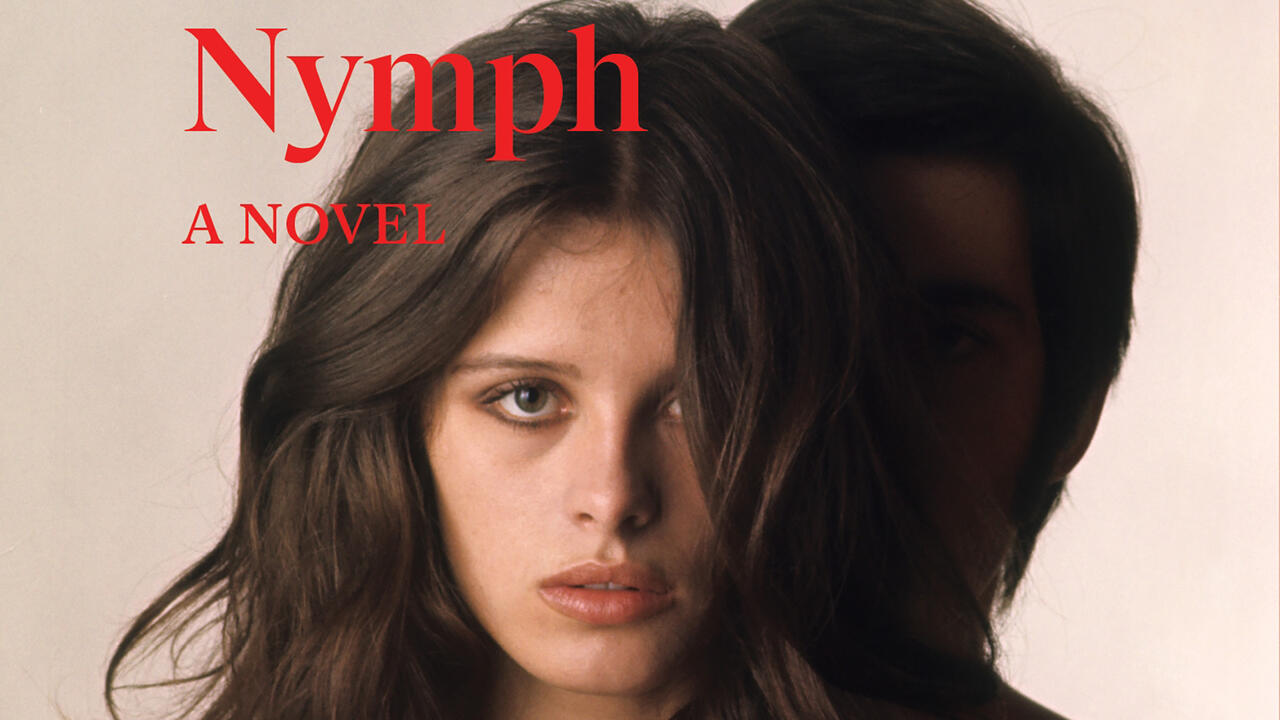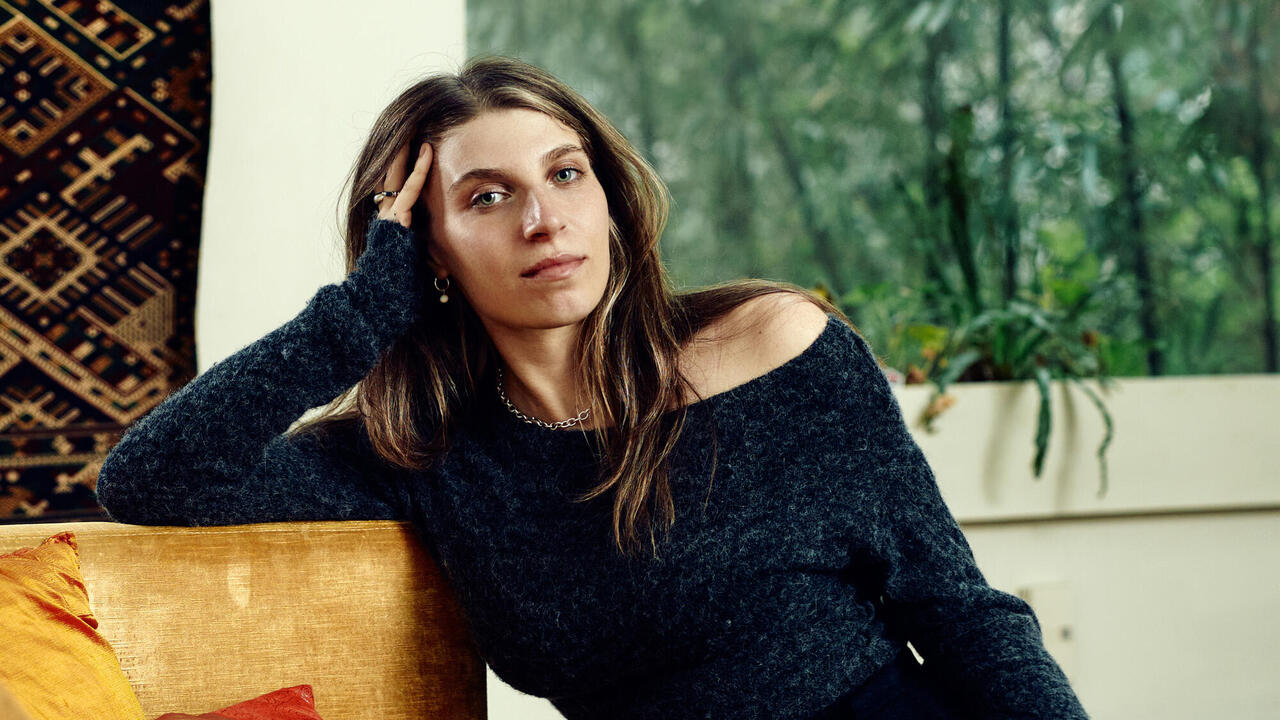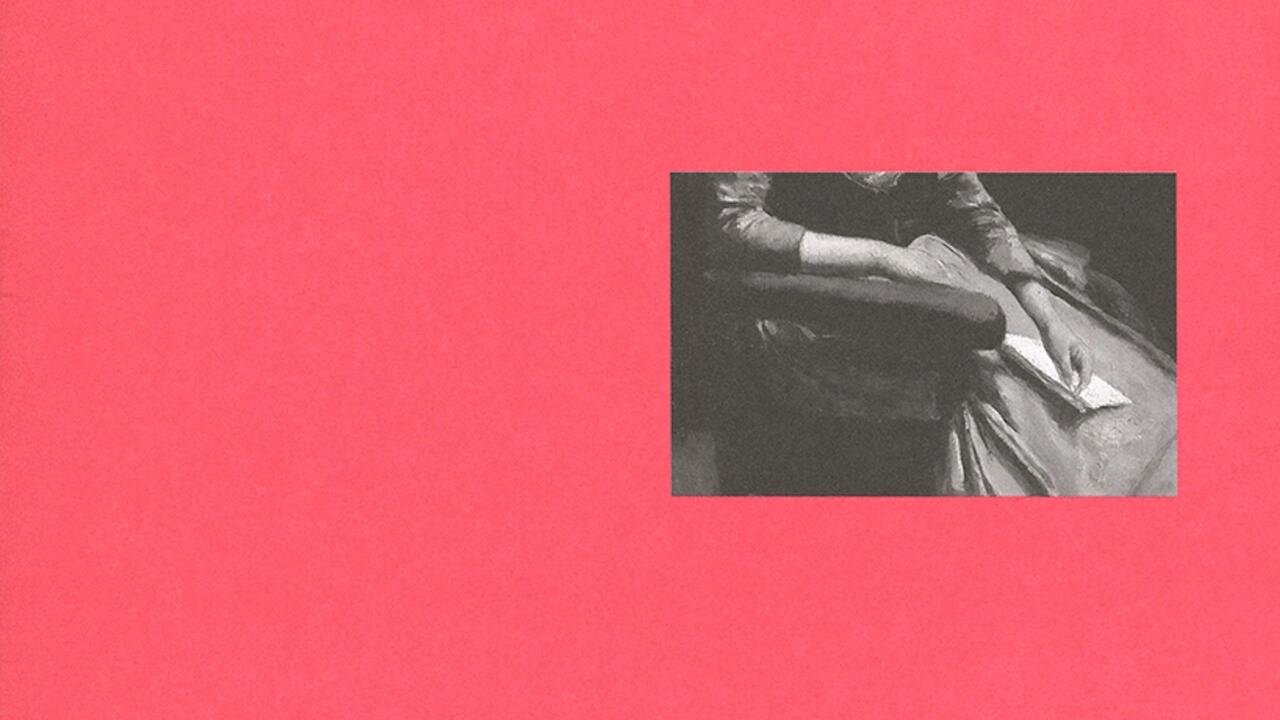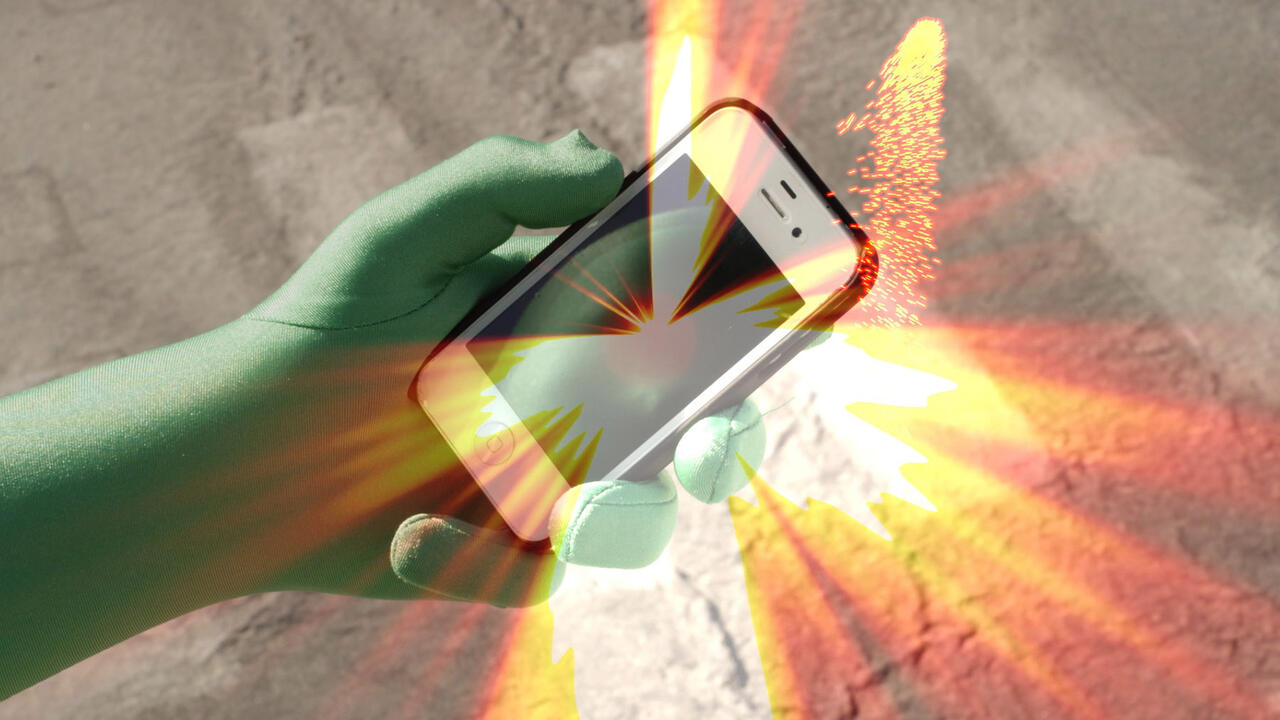‘Against Morality’: Rosanna McLaughlin Challenges the High Ground
In her new book, the writer examines how the rhetorical strategies once championed by the cultural left have become tools for the political right
In her new book, the writer examines how the rhetorical strategies once championed by the cultural left have become tools for the political right

I joined a ‘Bad Behaviour’ reading group in Toronto this past spring. When the ‘Politics/Identity’ week rolled around, I was especially keen to hear my fellow readers’ thoughts on Dean Kissick’s 2024 essay for Harper’s, ‘The Painted Protest: How Politics Destroyed Contemporary Art’. In it, the Spike Art Magazine contributing editor critiques the woke art industrial complex (my words, not his), objecting to biennials and fairs centring art about or by marginal identities at the expense of being ‘inventive or interesting’.
‘The Painted Protest’ inspired passionate rebuttals by artists, including Ajay Kurian’s response in Cultured Mag; endorsements from the dirtbag left via the Red Scare podcasters; and a mixture of fervid assent and eye-rolling on social media. People were eager, it seemed, to engage in franker discussions about the institutional art world shaping, platforming and profiting from perceived allegiances between art and identity politics. Yet, what commentators envisioned as an alternative to current art-world dynamics was significantly less clear. As someone in my reading group earnestly inquired: ‘What does Kissick want art to do?’

I was largely disappointed in the essay’s lack of nuance. A meaningful reckoning with the liberal belief – or fantasy – that socially progressive subject matter translates into artistic merit felt long overdue. However, Kissick’s rambling approach (Siri, turn this tweet into a 6,500-word essay but don’t give lay readers sufficient context about the cited artists or biennials), flattening of identity-focused examples and revisionist history limited the urgency. If his thesis is essentially ‘wokeness is ruining the art world’, I wish he’d used some of his capacious word count to consider the impact on artists, the difference between museum protests and political art-washing, and the consequences for art criticism.
Left with more questions than answers after discussing Kissick’s piece, I was delighted when a copy of Rosanna McLaughlin’s Against Morality (2025) presented a fresh perspective. Published this month by Berlin’s Floating Opera Press, McLaughlin’s text considers the implications of the western art world’s 21st-century embrace of so-called liberal values. Whereas Kissick’s piece focuses on identity politics’ perceived impact on artistic quality, McLaughlin’s book zooms out to consider what’s politically and culturally at stake when art and artistic standards are leveraged as forms of moral propaganda.
The book balances incisiveness and criticality with cautious optimism
While Kissick’s views on the ideal purpose or impact of art remain ambiguous, McLaughlin is refreshingly direct. In the preface to Against Morality, she shares an anecdote that informs her call ‘for an art, and an appreciation of art, that transcends simple moralizing in order to speak to the complex and messy reality of what it is to be alive’. She describes her bewilderment while reading a frieze review by Daniel Culpan of a Chaïm Soutine exhibition at the Courtauld Gallery in 2017. Whereas McLaughlin was drawn to the ‘mixture of tenderness and debasement’ in the French painter’s 1920s portraits of French Riviera hotel staff, ‘according to the review, [Soutine] had a “profoundly compassionate and humane eye” that “sympathetically drifted to the underclass”.’ McLaughlin identifies Culpan’s interpretation as ‘typical of an insistence that artists (alive or dead) conform to a moral code’ and suggests that this kind of leftist re-reading rarely serves the artist, subject or viewer.
‘The current obsession with flattening culture, the attachment to simple moralizing, the deadening of art, are all features of what I call “Liberal Realism”,’ McLaughlin contends. ‘Like Social Realism before it, Liberal Realism is the product of a culture that demands its ideology be unambiguously reflected in its art.’ She describes the present as ‘a time when, across the political spectrum, identity is capital and culture is shaped by competing claims of victimhood’. By dictating what to value in art, this moralizing tendency doesn’t just diminish aesthetic experience, it stifles our capacity to engage with the irreducible messiness of being alive. In doing so, it risks reducing morality itself to a state- or market-controlled instrument.

McLaughlin’s reference to ‘competing claims of victimhood’ might initially seem to echo the cynicism of Kissick’s contention that ‘The project of centering the previously excluded has been completed […] and has by now been hollowed out into a trope.’ However, McLaughlin’s critique isn’t aimed at artists or collectives; it targets the broader cultural conditions that pressure art to serve as moral proof or political branding. To help make her point, she references ‘dubious moralistic glow-up[s]’ of historical works – like the post-#MeToo reinterpretation of Artemisia Gentileschi’s Judith Slaying Holofernes (1620) as purely autobiographical. (The artist’s tutor, Agostino Tassi, was publicly tried and found guilty of raping her.)
This proclivity to retrofit art into ‘predefined and preapproved messages’ doesn’t just sap its vitality; it undermines its power. McLaughlin warns that perhaps the greatest danger lies in how quickly the moral high ground can shift and reminds readers that the rhetorical tools developed by the cultural left are now just as easily weaponized by the right. While she doesn’t explicitly champion a moral or ethical role for art, she argues for its power to provoke, unsettle and expand our understanding of difference.
In the end, like Kissick, McLaughlin is invested in preserving space for artistic transgression. But, unlike Kissick, who stops short of offering an alternative, McLaughlin boldly articulates her desires for what art – and artistic discourse – might still accomplish. Against Morality doesn’t provide a didactic roadmap, but its expansiveness may be a fecund catalyst for considering art’s possibilities beyond virtue-signalling or ideological compliance. In this way, the book balances incisiveness and criticality with cautious optimism – committed to the idea that art’s true power lies not in reflecting what we already know to be ‘good’, but in expanding the range of what it means to feel, think and behave. I’m desperate to hear what my ‘Bad Behaviour’ reading group has to say.
Rosanna McLaughlin’s Against Morality is published by Floating Opera Press
Main image: Rosanna McLaughlin, Against Morality (detail), 2025. Courtesy: Floating Opera Press




